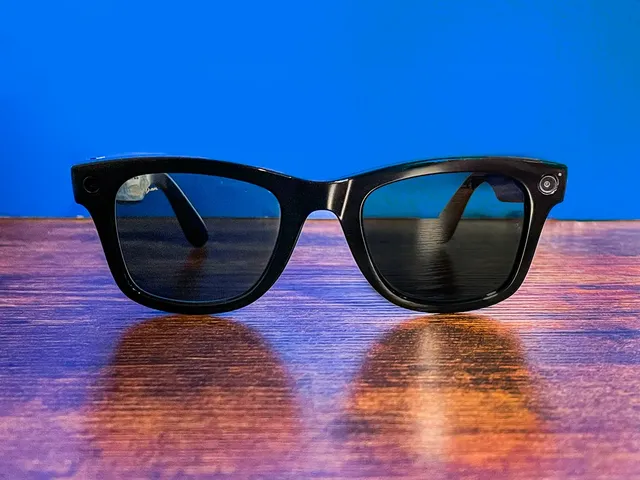Ray-Ban is a renowned eyewear brand that was established in 1936 by Bausch & Lomb, an American company that initially specialized in optics and medical equipment. The history of Ray-Ban is closely tied to its innovative approach to eyewear, especially sunglasses.
Key Milestones in Ray-Ban's History:
1936 - 1937: Introduction of Aviator Sunglasses
- The brand was founded to develop eyewear for the U.S. Army Air Corps. Pilots needed sunglasses that would protect their eyes from glare at high altitudes. Ray-Ban's solution was the Aviator sunglasses, which featured green lenses designed to reduce glare without obscuring vision. They became the first official Ray-Ban product when they were released to the public in 1937.
1952: Launch of the Wayfarer
- In 1952, Ray-Ban introduced the Wayfarer, a revolutionary design in eyewear that departed from the metal frames popular at the time. The Wayfarer was the first to use plastic frames, and its trapezoidal shape quickly became an icon in fashion, worn by celebrities and musicians. The Wayfarer gained popularity through its appearances in movies and television, solidifying its status as a cultural icon.
1970s - 1980s: Cultural Impact and Popularity
- During the 1970s and 1980s, Ray-Ban sunglasses became a staple in American culture, partly due to strategic product placements in movies and television. The brand saw a significant boost in sales after appearing in films like "Top Gun" (1986), where Tom Cruise's character wore Aviators, and "The Blues Brothers" (1980), where the Wayfarer was prominently featured.
1999: Acquisition by Luxottica
- In 1999, Ray-Ban was sold to Luxottica Group, an Italian eyewear conglomerate, for $640 million. This acquisition allowed Luxottica to expand Ray-Ban's global reach and diversify its product line. Luxottica also enhanced Ray-Ban's manufacturing capabilities, maintaining the brand’s reputation for quality and style.
2000s: Technological Innovations and Expansion
- Under Luxottica's ownership, Ray-Ban continued to innovate with new materials, lens technologies, and styles. The brand expanded beyond its classic designs, introducing polarized lenses, lightweight frames, and various color options. Ray-Ban also embraced digital marketing and e-commerce, making its products more accessible worldwide.
2010s: Smart Glasses and Modern Collaborations
- In the 2010s, Ray-Ban began exploring the integration of technology into eyewear. In 2021, Ray-Ban partnered with Facebook (now Meta Platforms, Inc.) to launch "Ray-Ban Stories," a line of smart glasses that allow users to capture photos and videos, listen to music, and make calls. This marked Ray-Ban’s entry into the wearable tech market.
Today, Ray-Ban remains a leader in the eyewear industry, known for its classic styles and commitment to quality. Its products continue to be popular worldwide, blending timeless design with modern innovation.

"Loved learning about the rich history of Ray-Ban! 🕶️ From its humble beginnings in 1936 to becoming a global eyewear icon, the brand's innovative approach to sunglasses has been truly remarkable. 😊 I'm curious - what's your favorite Ray-Ban model or memory? 💬"
I also gave you a 3.6% upvote for the delegations you have made to us. Increase your delegations to get more valuable upvotes. Cheers! 🎉
Help Us Secure the Blockchain for You
Your vote matters! Support strong governance and secure operations by voting for our witnesses:
Get Involved
Downvoting a post can decrease pending rewards and make it less visible. Common reasons:
Submit